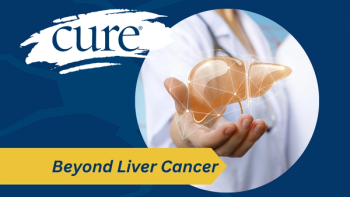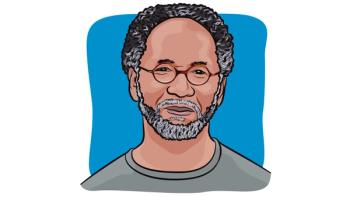
That Dude Is Wired: Seeing Cancer Advancements Over the Years
A look at how one cancer survivor has witnessed life-changing medical advancements over the years.
"Can you tell I'm wearing this thing? It's just too big," I told my mom. "It just looks like your Walkman. You're worrying too much. Nobody will even notice, Ryan," she said.
I knew she had to be telling a bit of a fib. At the time, I was a kid and had to wear a big and bulky heart monitor for some study of my heart. I can't really remember why I was wearing it at that time. It may have been to get a baseline of my heart before chemo or some sort of other study trying to pinpoint a specific issue. I do, however, remember the box (monitor), sticky pads and the red, black and white wires.
With heart monitors, there's really not much to them. They simply record your heart rate, rhythm and allow you to mark symptoms for your doctors. The worst-case scenario with wearing a heart monitor: you spook a few people if you lift your shirt and expose all of the wires that trail down to the little box on the side of your hip. Well, that was with the earlier heart monitors anyway. (They're definitely not airport friendly.)
If there is one cool thing I've been able to witness over the years of fighting cancer and its side effects, it's watching the advancements in health care and treatment. (There have been some, actually.) I've seen it with nausea medications, cancer treatments such as immunotherapy and, more recently, heart monitors. It's been like watching the technology behind the Gremlin evolve into that of the Tesla — not that a Gremlin could ever become a Tesla, but you get what I'm saying. There have been big changes.
I mean,
Today, however, actually at this very moment, I'm undergoing a routine heart study… wire free. My new heart monitor is approximately two inches long and is basically secured to my chest with just a little piece of clear adhesive. It's all digital. This means that the TSA would probably have very little interest in me (other than a couple medications) and also means that with this new design, life is a heck of a lot easier. I don't have to carry a big box or send in my heart recordings by placing a landline phone on top of the recording device. Yeah, I used to do have to do that, years ago. But now, all of the information is transmitted via a smartphone, which makes me start thinking about that whole FBI thing again.





